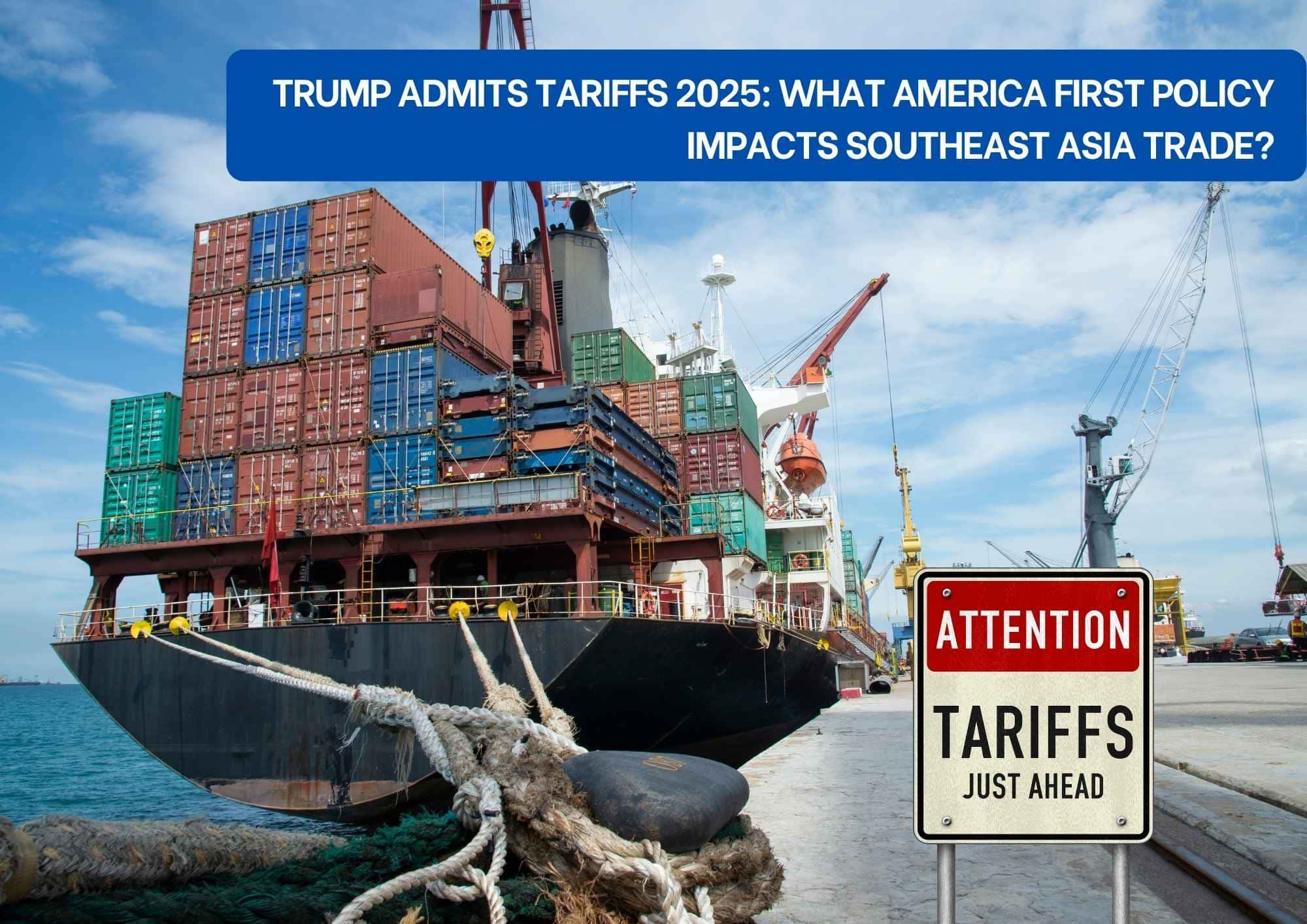The global trade landscape has once again been shaken, this time by a new wave of tariffs introduced by President Donald Trump. These policies have injected an unprecedented level of uncertainty into global markets, particularly affecting businesses that depend heavily on imports from key regions such as China, Mexico, Canada, and the European Union. In this volatile environment, companies must rethink their supply chain strategies to stay competitive. The most effective solution? Supply chain diversification.
Why Supply Chain Diversification matters in 2025
The latest round of tariffs, some exceeding 25%, has drastically increased costs for businesses reliant on single-source suppliers. Industries ranging from consumer electronics to automotive manufacturing are grappling with heightened production expenses, longer lead times, and unpredictable geopolitical shifts. If the past few years have taught us anything—through trade disputes, the COVID-19 pandemic, and the Russia-Ukraine conflict—it’s that businesses without a diversified supply chain risk being left vulnerable and unprepared for the next disruption.
Key benefits of Supply Chain Diversification
Risk mitigation against geopolitical and economic instability
One of the most significant advantages of supply chain diversification is its ability to minimize the risk associated with tariffs, trade disputes, and economic downturns. By sourcing from multiple suppliers across different regions, businesses can safeguard their operations against unpredictable political and economic shifts.
Take Apple, for example. The tech giant has been gradually moving iPhone production from China to India and Vietnam.This strategic shift helps mitigate the impact of trade tensions while ensuring a steady flow of products to the global market.
Cost optimization and tariff avoidance
Tariffs and rising labor costs can erode profit margins, but diversifying suppliers allows companies to tap into regions with lower operational costs, more favorable trade agreements, and competitive tax structures.
A great example is the textile industry. Following the U.S.-China trade war, many manufacturers relocated production from China to Bangladesh, India, and Vietnam—leveraging lower labor costs and avoiding tariffs on Chinese-made goods. These moves not only preserved cost efficiency but also secured stable access to global markets.
Supply chain resilience and agility
A diversified supply chain enhances a company’s ability to quickly adapt to market disruptions, natural disasters, and supplier failures. This agility ensures consistent product availability, customer satisfaction, and minimized revenue losses.
Consider the COVID-19 pandemic: businesses that relied solely on Chinese factories suffered major production delays. Meanwhile, those with diversified supply chains spanning Southeast Asia and Latin America managed to keep their operations running with fewer interruptions.
Access to new markets and innovation
Expanding supply chain networks isn’t just about reducing risks. It’s also about unlocking growth opportunities. By sourcing from diverse regions, companies can tap into specialized expertise, foster local partnerships, and gain access to cutting-edge technologies.
Tesla exemplifies this strategy well. The company has expanded its supply chain beyond traditional manufacturing hubs, sourcing battery components from emerging suppliers in Indonesia and Australia. This approach ensures a stable supply of critical materials while reducing reliance on China.
Sustainable and ethical sourcing
Diversification can also align with corporate sustainability goals. Businesses have the flexibility to choose suppliers that prioritize fair labor practices, renewable energy, and environmentally responsible manufacturing processes.
Brands like Patagonia and Adidas have successfully diversified their supply chains to include sustainable materials from multiple regions. This not only reduces their carbon footprint but also enhances their brand reputation among eco-conscious consumers.
Future-proofing supply chains in a changing world
In today’s world of escalating trade tensions, shifting regulations, and unpredictable global events, supply chain diversification isn’t just a competitive advantage. It’s a necessity. Businesses that proactively invest in diverse sourcing strategies, regional hubs, and advanced risk management will be better positioned to navigate economic uncertainties and maintain a competitive edge.
Trade policies will continue to evolve, and global markets will remain dynamic. The companies that act now, rethinking their supply chains, exploring new sourcing opportunities, and fortifying resilience, will be the ones that thrive in the years to come.
![[website] Thumbnail Expertise Articles (19) [website] Thumbnail Expertise Articles (19)](https://www.sourceofasia.com/wp-content/uploads/2025/03/Website-Thumbnail-Expertise-Articles-19.jpg)






